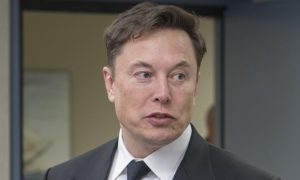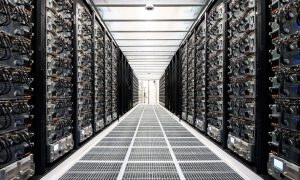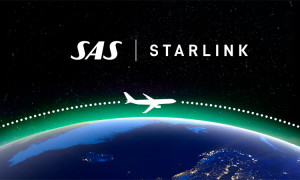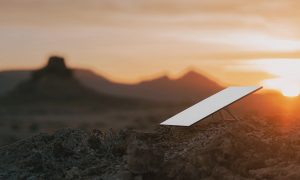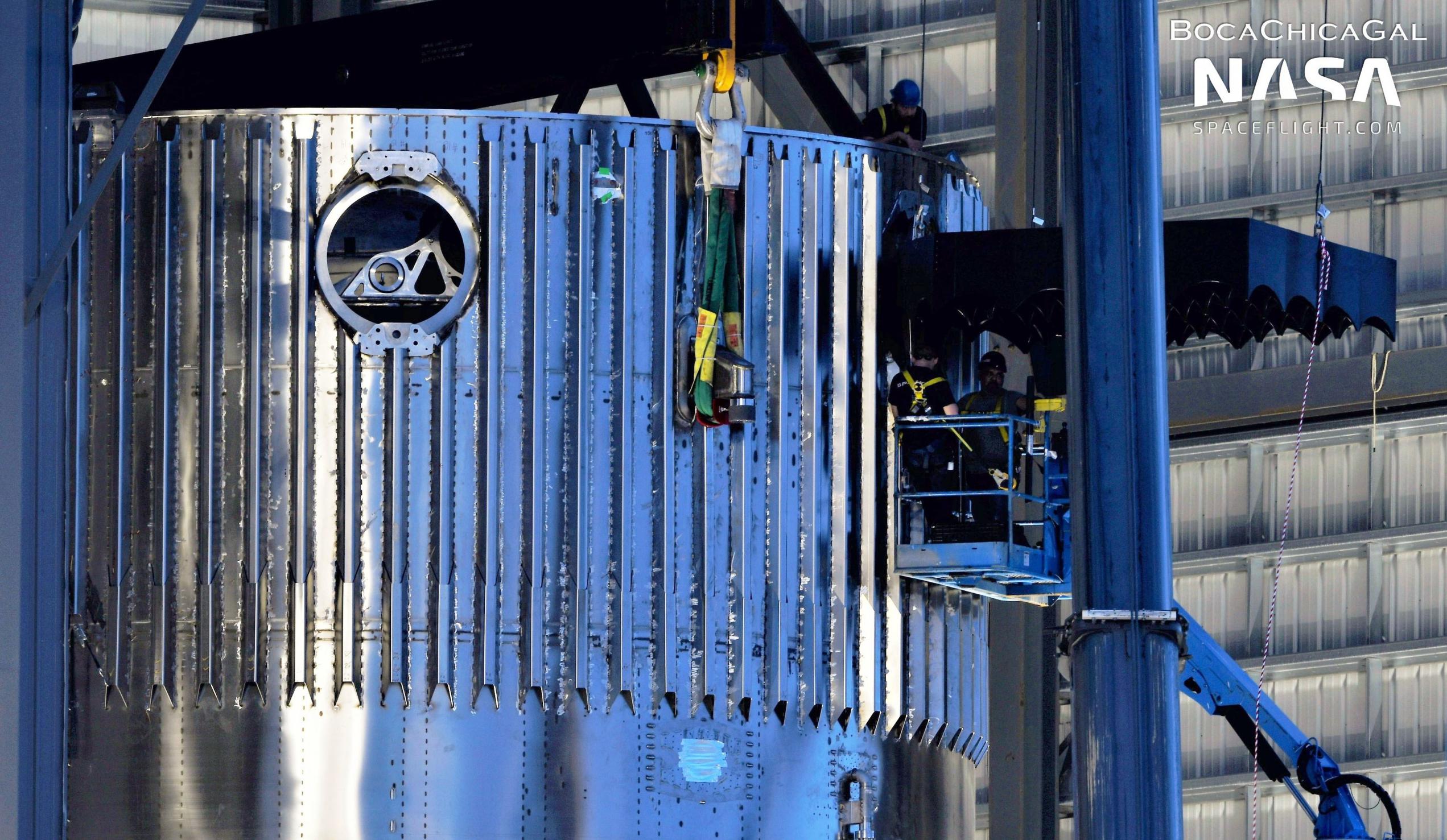

News
SpaceX installs full set of car-sized grid fins on second Super Heavy booster
SpaceX appears to have installed a full set of car-sized grid fins on Starship’s second flightworthy Super Heavy booster, leaving the massive rocket just a few steps away from completion.
Measuring ~69m (~225 ft) tall and 9m (~30 ft) wide, Super Heavy Booster 5 (B5) – like B4 before it – will be one of two of the largest rocket boosters ever built once completed. In broad strokes, Super Heavy B4 and B5 are the same. Aside from near-identical dimensions, both have been built to hold up to 29 Raptor engines while Starbase has already begun receiving parts of the first 33-engine Super Heavy. That means that Booster 4 and 5 – while both potentially capable of flight – are also pathfinders for an upgraded version of Super Heavy with similar dimensions but the potential to produce more than 40% more thrust once Raptor 2 production takes over.
While more similar than not, there are significant differences between SpaceX’s first and second flightworthy Super Heavy boosters.
The biggest visible differences are tweaks SpaceX has made to the Super Heavy assembly process. Booster 4 was assembled out of mostly naked steel rings and only had thousands of feet of external plumbing, wiring, raceways, and hardware installed after it was stacked to its full height. That may partially be because CEO Elon Musk had ordered SpaceX to complete the first full-height Starship stack by early August, requiring the build team to prioritize speed above all else.
Regardless, SpaceX appears to be outfitting Super Heavy Booster 5’s exterior before and during the process of stacking the booster to its final height. Most sections of 3-4 steel rings have had partial plumbing and raceways preinstalled, meaning that Booster 5 will be far closer to test readiness than Booster 4 once stacking is complete. Booster 4, on the other hand, required at least several more weeks of outfitting after SpaceX briefly rolled the rocket to the orbital launch pad for a full-stack photo-op and fit check.
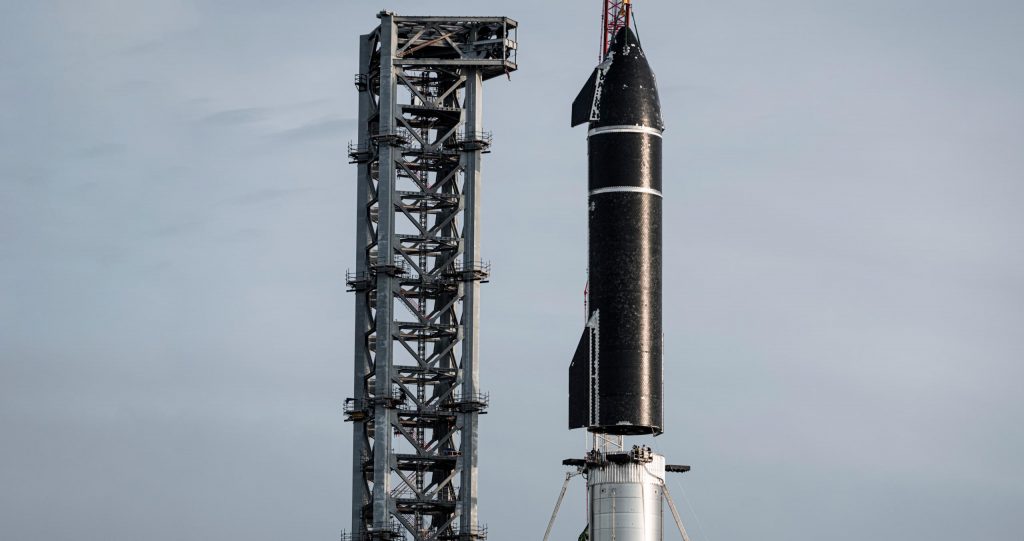
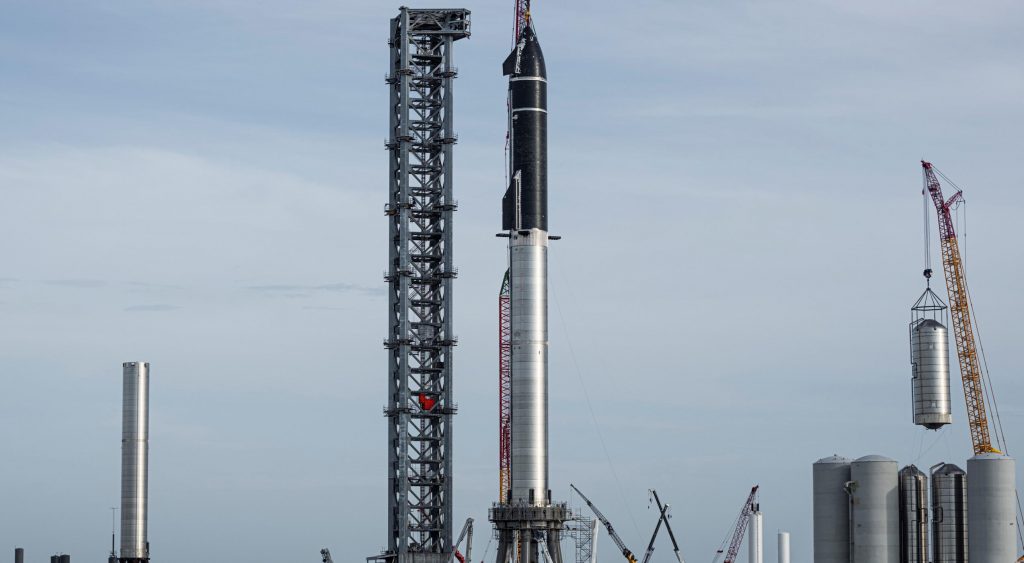
On October 12th, after rapidly stacking Super Heavy B5’s upper methane tank to completion, SpaceX began installing the booster’s four car-sized grid fins. Fixed in place and assembled out of welded steel unlike the Falcon family’s deployable, cast titanium fins, Super Heavy grid fins are several times larger and heavier but still serve the same purpose of stabilizing boosters during atmospheric reentry, descent, and landing. Like Booster 4, SpaceX has also installed all four Booster 5 grid fins before stacking the Super Heavy to its full 69-meter height.
Based on B4, that final stack could happen just a few days from now, though there are signs that it might take B5 a fair bit longer. Notably, whereas Booster 4’s aft liquid oxygen (LOx) tank was already fully stacked by the start of grid fin installation, Booster 5’s LOx section is still waiting on its thrust dome. That thrust section was most recently spotted inside a production tent on October 11th – far more thoroughly outfitted than Booster 4’s aft but awaiting installation nonetheless.
That slight difference in timing pales in comparison to a massive tube that may or may not have been installed inside Super Heavy B5 late last month and that definitely wasn’t installed in B4. Without official information, it’s hard to know for sure, but the general community consensus is that this new tube (possibly one of two installed inside Booster 5’s LOx tank) is some kind of header tank or sump meant to collect propellant for Super Heavy’s boostback and/or landing burn.
If SpaceX really is adding header tanks to Super Heavy, it would drastically increase the complexity of booster plumbing, potentially explaining why Super Heavy B5’s thrust section installation is taking longer than B4. Only time (and hopefully a tweet or two from Musk) will tell.
News
Armored Tesla Cybertruck “War Machine” debuts at Defense Expo 2025
Lorem ipsum dolor sit amet, consectetur adipisicing elit, sed do eiusmod tempor incididunt ut labore et dolore magna aliqua.
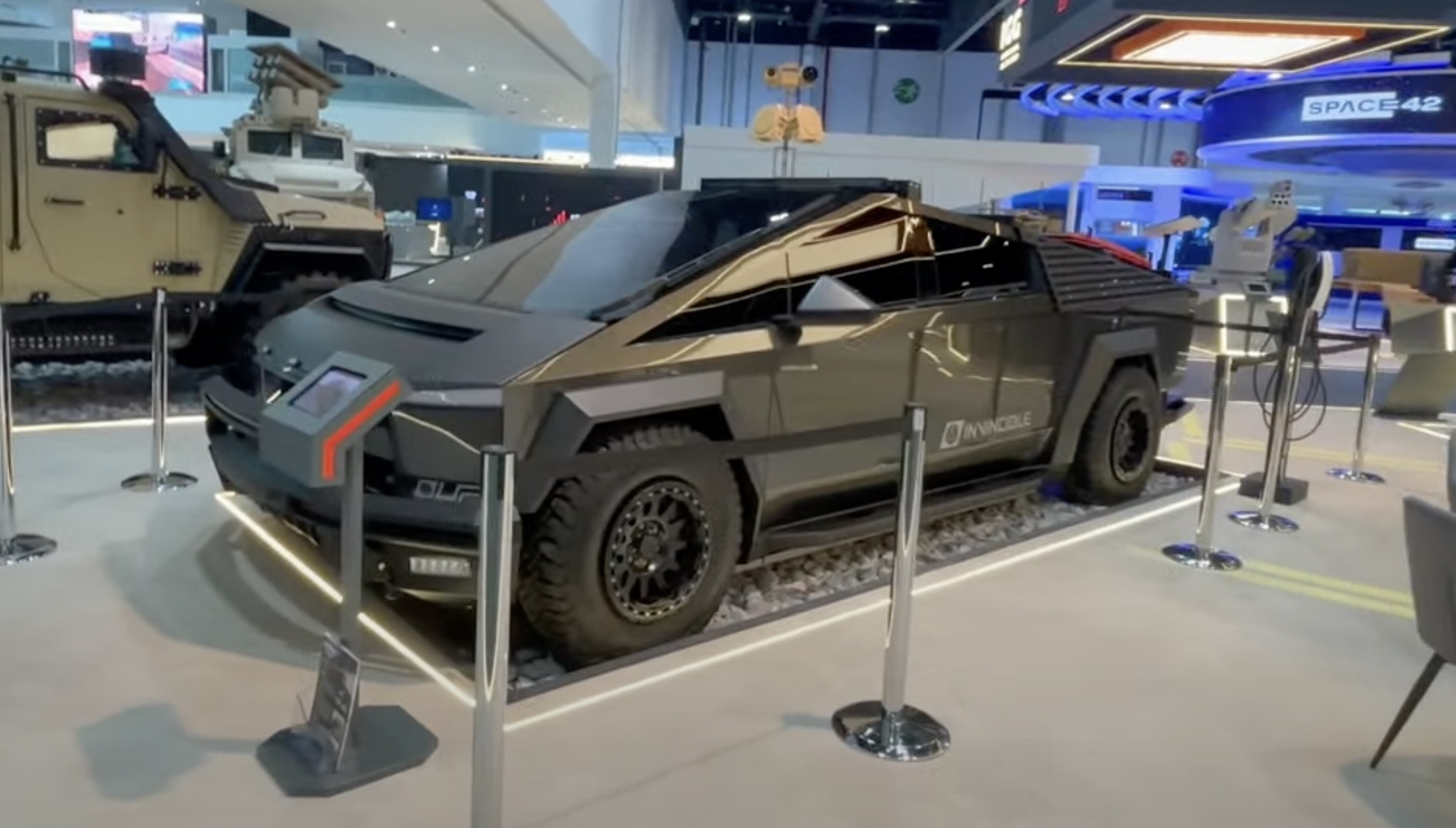
Temporibus autem quibusdam et aut officiis debitis aut rerum necessitatibus saepe eveniet ut et voluptates repudiandae sint et molestiae non recusandae. Itaque earum rerum hic tenetur a sapiente delectus, ut aut reiciendis voluptatibus maiores alias consequatur aut perferendis doloribus asperiores repellat.
Lorem ipsum dolor sit amet, consectetur adipisicing elit, sed do eiusmod tempor incididunt ut labore et dolore magna aliqua. Ut enim ad minim veniam, quis nostrud exercitation ullamco laboris nisi ut aliquip ex ea commodo consequat.
“Duis aute irure dolor in reprehenderit in voluptate velit esse cillum dolore eu fugiat”
Nemo enim ipsam voluptatem quia voluptas sit aspernatur aut odit aut fugit, sed quia consequuntur magni dolores eos qui ratione voluptatem sequi nesciunt.
Et harum quidem rerum facilis est et expedita distinctio. Nam libero tempore, cum soluta nobis est eligendi optio cumque nihil impedit quo minus id quod maxime placeat facere possimus, omnis voluptas assumenda est, omnis dolor repellendus.
Nulla pariatur. Excepteur sint occaecat cupidatat non proident, sunt in culpa qui officia deserunt mollit anim id est laborum.
Sed ut perspiciatis unde omnis iste natus error sit voluptatem accusantium doloremque laudantium, totam rem aperiam, eaque ipsa quae ab illo inventore veritatis et quasi architecto beatae vitae dicta sunt explicabo.
Neque porro quisquam est, qui dolorem ipsum quia dolor sit amet, consectetur, adipisci velit, sed quia non numquam eius modi tempora incidunt ut labore et dolore magnam aliquam quaerat voluptatem. Ut enim ad minima veniam, quis nostrum exercitationem ullam corporis suscipit laboriosam, nisi ut aliquid ex ea commodi consequatur.
At vero eos et accusamus et iusto odio dignissimos ducimus qui blanditiis praesentium voluptatum deleniti atque corrupti quos dolores et quas molestias excepturi sint occaecati cupiditate non provident, similique sunt in culpa qui officia deserunt mollitia animi, id est laborum et dolorum fuga.
Quis autem vel eum iure reprehenderit qui in ea voluptate velit esse quam nihil molestiae consequatur, vel illum qui dolorem eum fugiat quo voluptas nulla pariatur.
News
Tesla Megapacks chosen for 548 MWh energy storage project in Japan
Tesla plans to supply over 100 Megapack units to support a large stationary storage project in Japan, making it one of the country’s largest energy storage facilities.
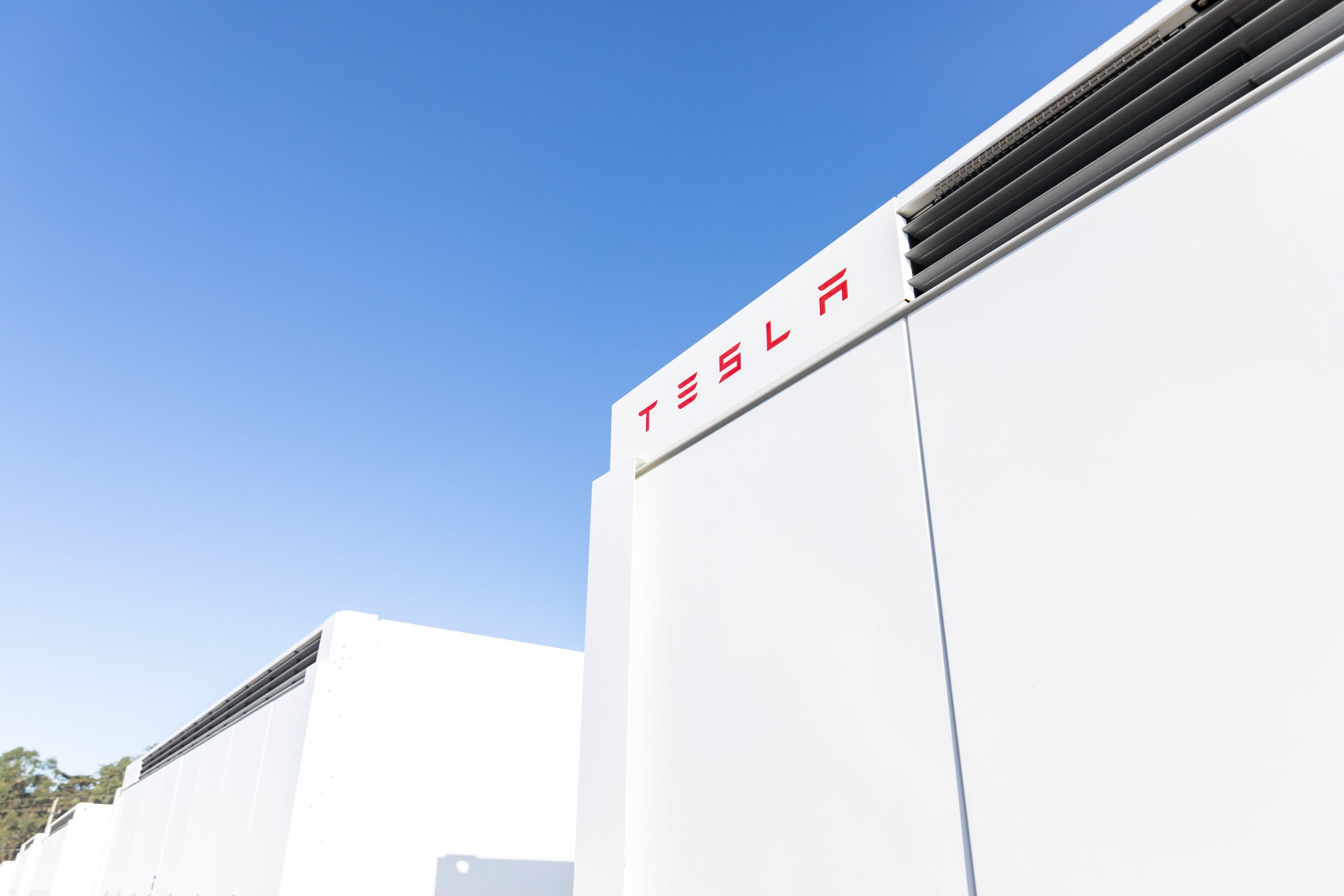
Tesla’s Megapack grid-scale batteries have been selected to back an energy storage project in Japan, coming as the latest of the company’s continued deployment of the hardware.
As detailed in a report from Nikkei this week, Tesla plans to supply 142 Megapack units to support a 548 MWh storage project in Japan, set to become one of the country’s largest energy storage facilities. The project is being overseen by financial firm Orix, and it will be located at a facility Maibara in central Japan’s Shiga prefecture, and it aims to come online in early 2027.
The deal is just the latest of several Megapack deployments over the past few years, as the company continues to ramp production of the units. Tesla currently produces the Megapack at a facility in Lathrop, California, though the company also recently completed construction on its second so-called “Megafactory” in Shanghai China and is expected to begin production in the coming weeks.
READ MORE ON TESLA MEGAPACKS: Tesla Megapacks help power battery supplier Panasonic’s Kyoto test site
Tesla’s production of the Megapack has been ramping up at the Lathrop facility since initially opening in 2022, and both this site and the Shanghai Megafactory are aiming to eventually reach a volume production of 10,000 Megapack units per year. The company surpassed its 10,000th Megapack unit produced at Lathrop in November.
During Tesla’s Q4 earnings call last week, CEO Elon Musk also said that the company is looking to construct a third Megafactory, though he did not disclose where.
Last year, Tesla Energy also had record deployments of its Megapack and Powerwall home batteries with a total of 31.4 GWh of energy products deployed for a 114-percent increase from 2023.
Other recently deployed or announced Megapack projects include a massive 600 MW/1,600 MWh facility in Melbourne, a 75 MW/300 MWh energy storage site in Belgium, and a 228 MW/912 MWh storage project in Chile, along with many others still.
What are your thoughts? Let me know at zach@teslarati.com, find me on X at @zacharyvisconti, or send us tips at tips@teslarati.com.
Tesla highlights the Megapack site replacing Hawaii’s last coal plant
Need accessories for your Tesla? Check out the Teslarati Marketplace:
News
Elon Musk responds to Ontario canceling $100M Starlink deal amid tariff drama
Ontario Premier Doug Ford said, opens new tab on February 3 that he was “ripping up” his province’s CA$100 million agreement with Starlink in response to the U.S. imposing tariffs on Canadian goods.
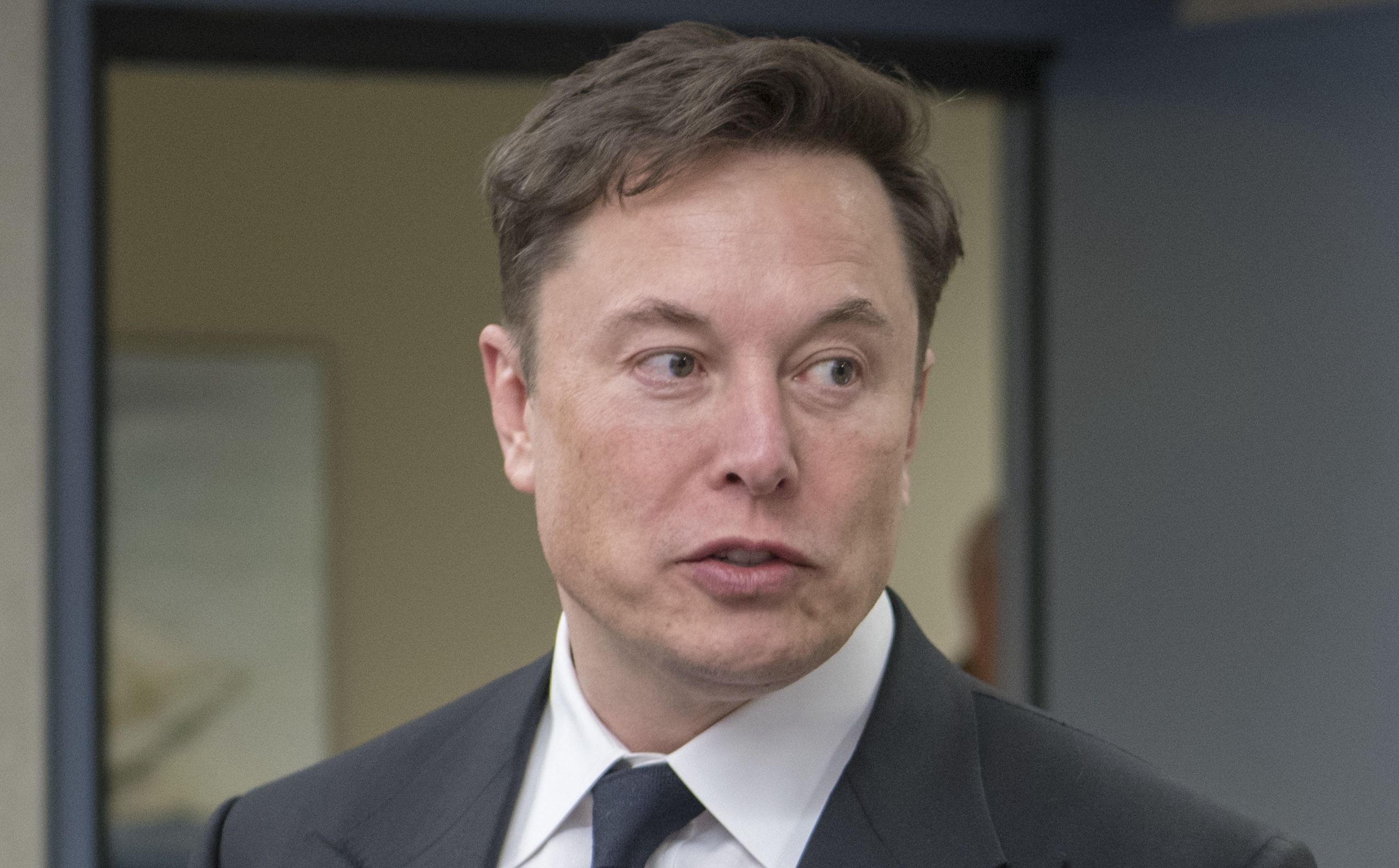
Elon Musk company SpaceX is set to lose a $100 million deal with the Canadian province of Ontario following a response to the Trump administration’s decision to apply 25 percent tariffs to the country.
Starlink, a satellite-based internet service launched by the Musk entity SpaceX, will lose a $100 million deal it had with Ontario, Premier Doug Ford announced today.
Starting today and until U.S. tariffs are removed, Ontario is banning American companies from provincial contracts.
Every year, the Ontario government and its agencies spend $30 billion on procurement, alongside our $200 billion plan to build Ontario. U.S.-based businesses will…
— Doug Ford (@fordnation) February 3, 2025
Ford said on X today that Ontario is banning American companies from provincial contracts:
“We’ll be ripping up the province’s contract with Starlink. Ontario won’t do business with people hellbent on destroying our economy. Canada didn’t start this fight with the U.S., but you better believe we’re ready to win it.”
It is a blow to the citizens of the province more than anything, as the Starlink internet constellation has provided people in rural areas across the globe stable and reliable access for several years.
Musk responded in simple terms, stating, “Oh well.”
Oh well https://t.co/1jpMu55T6s
— Elon Musk (@elonmusk) February 3, 2025
It seems Musk is less than enthused about the fact that Starlink is being eliminated from the province, but it does not seem like all that big of a blow either.
As previously mentioned, this impacts citizens more than Starlink itself, which has established itself as a main player in reliable internet access. Starlink has signed several contracts with various airlines and maritime companies.
It is also expanding to new territories across the globe on an almost daily basis.
With Mexico already working to avoid the tariff situation with the United States, it will be interesting to see if Canada does the same.
The two have shared a pleasant relationship, but President Trump is putting his foot down in terms of what comes across the border, which could impact Americans in the short term.

